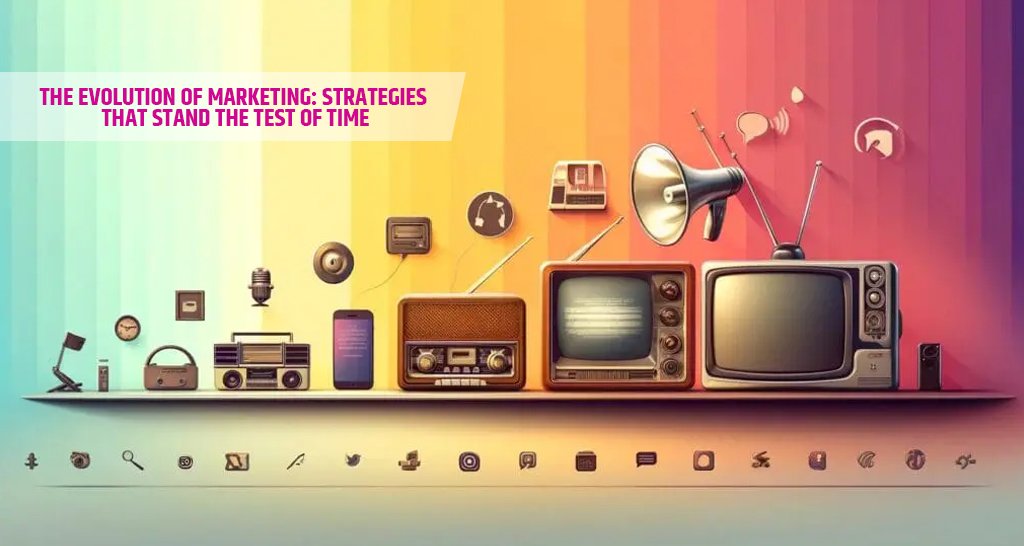Introduction to Marketing: A Historical Overview
Marketing, as both a concept and a practice, has undergone significant transformations throughout history, evolving in tandem with societal changes, advancements in technology, and shifts in consumer behavior. The origins of marketing can be traced back to ancient trade practices where barter systems laid the groundwork for the exchange of goods. Merchants interacted directly with consumers, fostering relationships that emphasized the value of products and services.
As civilizations progressed, the emergence of currency revolutionized trade, leading to more sophisticated marketing strategies. The development of written language during this era allowed for the documentation of sales transactions and advertising messages, paving the way for the formalization of marketing concepts. The first recorded advertisements appeared in ancient Rome and Egypt, showcasing products and enticing customers. These early examples of marketing relied heavily on visual symbols and proclamations, which aimed to capture the attention of potential buyers.
The Industrial Revolution marked a significant turning point in the trajectory of marketing. Mass production created a surplus of goods, necessitating the need for extensive advertising to differentiate products. Consequently, marketing expanded beyond mere transactions to encompass branding, packaging, and market segmentation. The advent of newspapers and magazines opened new avenues for advertisers, leading to the proliferation of advertisements in public spaces.
With the advancement of technology in the 20th century, marketing strategies evolved further. The invention of the radio and television introduced dynamic approaches to advertising, allowing for greater audience reach and engagement. Additionally, the rise of the Internet transformed marketing into an interactive experience, giving consumers a voice and shifting traditional paradigms. Over time, the discipline of marketing has adapted to meet the ever-changing needs of consumers, solidifying its role as a pivotal component of business success.
Traditional Marketing vs. Digital Marketing
Marketing has undergone a significant transformation over the years, transitioning from traditional methods to the digital landscape. Traditional marketing encompasses several strategies, including print advertisements, broadcast media (television and radio), and direct mail campaigns. While these methods have been effective historically, they often lack the precision and flexibility offered by digital marketing.
One notable advantage of traditional marketing is its ability to reach a broad audience, especially in localized markets. Billboards, newspapers, and flyers can effectively target specific demographics, particularly older generations who may still favor these mediums. However, the downsides include higher costs, decreased measurability, and dwindling engagement as consumer habits shift towards digital platforms.
On the other hand, digital marketing strategies, which include social media marketing, search engine optimization (SEO), pay-per-click advertising, and content marketing, have surged in popularity. A key benefit of digital marketing is its capacity for real-time tracking and analytics, enabling businesses to measure the effectiveness of their campaigns instantly. Additionally, it allows for targeted advertising, reaching specific audiences through data-driven insights.
Nevertheless, digital marketing is not without its challenges. The continuous evolution of technology requires constant adaptation and the need to stay informed about emerging trends. Furthermore, as competition increases across platforms, businesses may struggle to stand out in an oversaturated market.
Ultimately, balancing both traditional and digital marketing strategies can lead to effective results. Companies may benefit from leveraging traditional methods to establish local authority while integrating digital approaches to engage viewers across various platforms. A strategic fusion of these approaches can maximize outreach and enhance overall customer engagement, creating a marketing ecosystem that evolves with consumer needs.
Emerging Trends in Marketing and Their Implications
The marketing landscape is undergoing a profound transformation, driven by emerging trends that are reshaping how brands engage with consumers. One of the most significant developments is the rise of influencer marketing. As social media becomes increasingly integral to daily life, influencers have emerged as pivotal figures capable of shaping public perception and purchasing decisions. Brands are increasingly leveraging influencer partnerships to tap into dedicated follower communities, enhancing credibility and furthering their outreach.
Personalization has also taken center stage in marketing strategies. Consumers now expect tailored experiences that cater to their preferences and needs. Advances in data analytics and machine learning enable marketers to collect extensive consumer data and segment audiences effectively. This allows for the creation of personalized content and campaigns that resonate more deeply with individuals. Consequently, enhanced personalization efforts can significantly increase customer engagement, build brand loyalty, and encourage repeat purchases.
Another prominent trend is the integration of artificial intelligence (AI) into marketing strategies. AI technologies are revolutionizing how brands analyze data, automate tasks, and predict consumer behavior. Tools powered by AI can generate insights that were previously unattainable, facilitating real-time decision-making and optimization of marketing campaigns. From chatbots catering to customer inquiries to algorithms predicting trends, AI applications are vital in streamlining processes and improving the overall consumer experience.
The implications of these trends are far-reaching. As influencer marketing, personalization, and artificial intelligence redefine engagement strategies, brands must remain agile to adapt to rapidly evolving consumer expectations. Organizations that embrace these developments are likely to foster stronger consumer relationships, ultimately resulting in increased brand loyalty and sustainable success in the competitive marketplace.
Crafting a Successful Marketing Strategy for the Future
In the rapidly evolving landscape of marketing, developing a successful strategy requires a multifaceted approach that addresses the complexities of today’s market. One of the key elements to consider is goal setting. Establishing clear, measurable objectives helps businesses gauge their progress and make informed decisions. Marketing goals should be specific, achievable, and aligned with the overall business strategy. This alignment ensures that marketing efforts contribute directly to the organization’s success.
Understanding target audiences is equally vital. By segmenting audiences based on demographics, preferences, and behaviors, marketers can create tailored campaigns that resonate more deeply. Utilizing tools like customer personas allows for a granular understanding of different segments, empowering businesses to engage customers with personalized experiences that increase conversion rates. Additionally, exploring customer journey mapping can help identify pain points and opportunities for engagement, ensuring a comprehensive approach to audience understanding.
Leveraging data analytics has become indispensable in crafting a successful marketing strategy. With access to an abundance of data, businesses can track campaign performance, analyze customer behavior, and identify trends with precision. Employing analytics not only aids in measuring the effectiveness of marketing efforts, but also enhances decision-making processes, ensuring that strategies are data-driven and responsive to market dynamics.
Lastly, adaptability is crucial in today’s fast-paced environment. The ability to pivot in response to new trends, technological advancements, or changes in consumer behavior allows businesses to maintain relevance and competitiveness. Regularly reviewing and updating marketing strategies ensures they reflect the current landscape and address emerging challenges. By adopting a forward-thinking mindset and embracing change, businesses can create effective marketing plans that are both sustainable and resilient.



